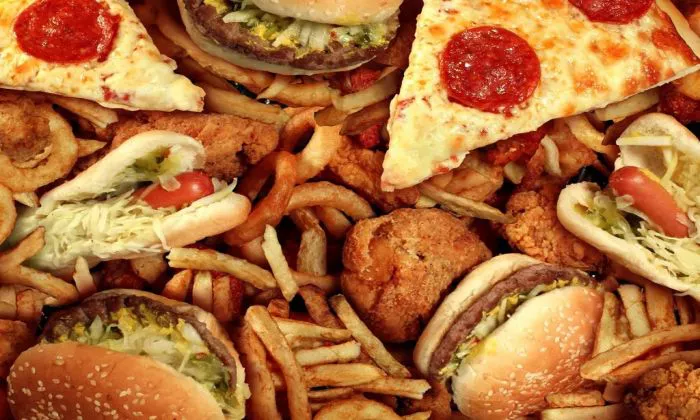The profitability of a food business depends on various factors such as the type of food establishment, location, target market, competition, operational efficiency, and marketing strategies. While some food businesses thrive and generate significant profits, others may struggle due to market saturation, changing consumer preferences, or operational challenges. In this comprehensive analysis, we’ll explore the factors that influence the profitability of a food business and provide insights into maximizing its financial success.
Diversity in the Food Industry
The food industry encompasses a wide range of businesses, including restaurants, cafes, food trucks, bakeries, catering services, and more. Each segment of the industry offers unique opportunities and challenges for profitability:
Full-Service Restaurants: Full-service restaurants typically offer dine-in service with a varied menu and table service. Profitability can be influenced by factors such as menu pricing, food quality, customer service, and operational efficiency.
Fast Food and Quick-Service Restaurants: Fast food and quick-service restaurants focus on providing convenient, affordable meals with fast turnaround times. Profitability depends on factors such as location, menu innovation, efficiency in food preparation, and drive-through capabilities.
Food Trucks and Street Vendors: Food trucks and street vendors operate in mobile locations, serving a variety of cuisines to customers in high-traffic areas. Profitability can be impacted by factors such as location permits, menu creativity, brand visibility, and operational costs.
Catering Services: Catering services provide food and beverage offerings for events such as weddings, corporate meetings, and parties. Profitability depends on factors such as reputation, customer relationships, menu customization, and event planning expertise.
Bakeries and Cafes: Bakeries and cafes specialize in baked goods, coffee, and light meals, often catering to a specific niche or demographic. Profitability can be influenced by factors such as product quality, atmosphere, location, and marketing efforts.
Key Factors Influencing Profitability
Several key factors can impact the profitability of a food business:
Location: A prime location with high foot traffic and visibility can significantly enhance a food business’s profitability by attracting more customers and increasing sales.
Menu Pricing and Cost Control: Setting competitive prices while maintaining profit margins is crucial for a food business. Effective cost control measures, such as managing food costs, minimizing waste, and optimizing portion sizes, can contribute to profitability.
Quality and Consistency: Providing high-quality food and consistent customer experiences is essential for building loyalty and attracting repeat business, ultimately driving profitability.
Customer Service: Excellent customer service can differentiate a food business from its competitors and contribute to customer satisfaction, loyalty, and positive word-of-mouth referrals.
Operational Efficiency: Streamlining operations, optimizing workflow, and leveraging technology can improve efficiency, reduce overhead costs, and enhance profitability.
Marketing and Branding: Effective marketing strategies, including social media, advertising, promotions, and branding initiatives, can increase visibility, attract new customers, and drive sales.
Competition and Market Trends: Monitoring market trends, consumer preferences, and competitive dynamics can help food businesses adapt their offerings and strategies to remain relevant and profitable.
Regulatory Compliance and Food Safety: Ensuring compliance with health and safety regulations, maintaining cleanliness standards, and prioritizing food safety are critical for protecting the reputation and profitability of a food business.
Strategies for Maximizing Profitability
To maximize profitability in the competitive food industry, consider implementing the following strategies:
Focus on Customer Experience: Prioritize customer satisfaction by delivering exceptional service, personalized experiences, and high-quality food offerings.
Optimize Menu and Pricing: Regularly review and update your menu to align with customer preferences, optimize pricing to maximize profitability, and highlight high-margin items.
Control Costs and Manage Inventory: Implement cost-control measures, negotiate favorable terms with suppliers, and efficiently manage inventory to minimize waste and reduce expenses.
Invest in Marketing and Promotion: Develop targeted marketing campaigns, leverage social media platforms, and participate in community events to increase brand awareness, attract new customers, and drive sales.
Enhance Operational Efficiency: Streamline processes, invest in technology solutions, and train staff to improve operational efficiency, reduce labor costs, and enhance customer service.
Diversify Revenue Streams: Explore opportunities to diversify revenue streams, such as offering catering services, selling branded merchandise, or partnering with food delivery platforms.
Monitor Performance and Adapt: Continuously monitor key performance indicators, analyze financial metrics, and solicit feedback from customers to identify areas for improvement and adapt your strategies accordingly.
Conclusion
While the food industry offers ample opportunities for profitability, success in this competitive landscape requires strategic planning, operational excellence, and a customer-centric approach. By focusing on factors such as location, menu pricing, quality, customer service, and operational efficiency, food businesses can position themselves for long-term financial success and sustainable growth. By leveraging innovative strategies, embracing emerging trends, and staying responsive to customer needs, food businesses can thrive in an ever-evolving marketplace.

